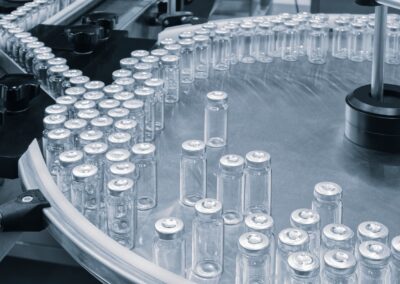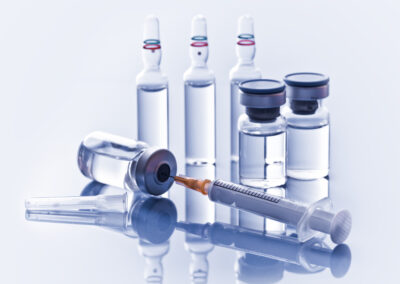One of the ways the FDA enhances safety and improves device performance is through its Voluntary Malfunction ...
One of the ways the FDA enhances safety and improves device performance is through its Voluntary Malfunction ...
One of the ways the FDA enhances safety and improves device performance is through its Voluntary Malfunction ...
One of the ways the FDA enhances safety and improves device performance is through its Voluntary Malfunction ...
One of the ways the FDA enhances safety and improves device performance is through its Voluntary Malfunction ...
Technology transfer is a pivotal process in the pharmaceutical industry, bridging the gap between drug development ...
In quality management, how issues are addressed can significantly impact an organization's effectiveness. The two ...
"Death by CAPA" refers to the overwhelming burden of an inefficient or excessively complicated Corrective and ...
In the pharmaceutical industry, maintaining the quality and compliance of drug products is crucial for ensuring ...
Choosing EMMA International over a typical consulting or "body shop" firm offers several advantages, especially if ...
Opening a new pharmaceutical manufacturing facility is a complex process that requires meticulous planning and ...
In the dynamic world of medical devices, maintaining regulatory compliance and ensuring patient safety are ...

























